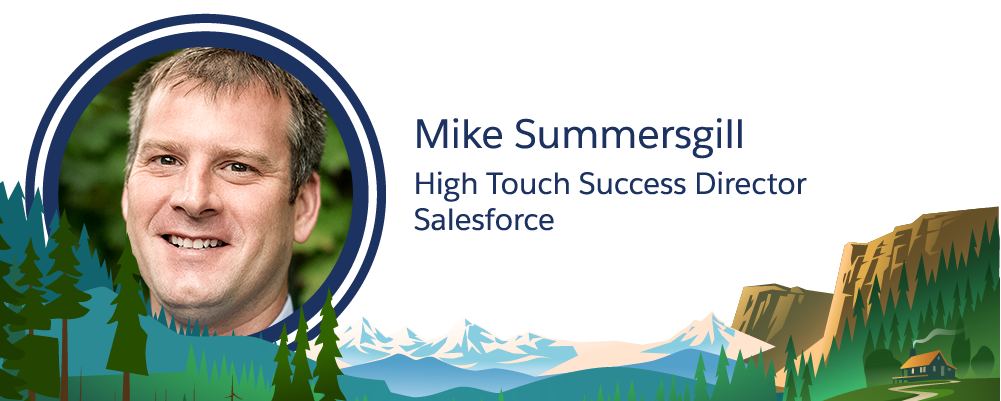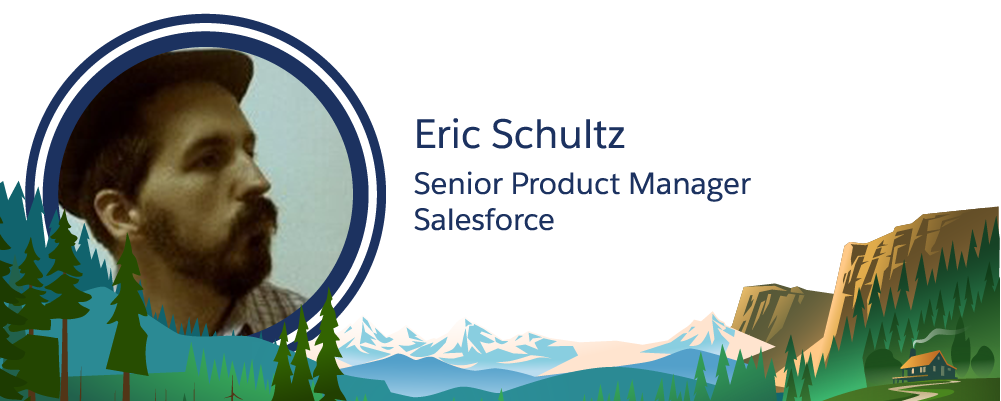Get to Know the Nonprofit Sector
Learning Objectives
After completing this unit, you’ll be able to:
- Anticipate challenges that may arise when working with nonprofit organizations.
- Discuss Salesforce with nonprofits in their language.
A Closer Look at the Nonprofit Sector
To make the most of your Salesforce superpowers, you need to get familiar with the organizations you’ll be volunteering with. Most likely you’ll be teaming up with a nonprofit, as they are the biggest consumers of Salesforce pro bono, so let’s take a closer look at nonprofits.
The nonprofit sector is large and diverse. Take the US for example. There are over 1.5 million nonprofits across the US, making up 10% of the national workforce and 5.4% of GDP (source: Urban Institute). The nonprofit sector has the nation’s third-largest workforce, behind retail and manufacturing (source: John Hopkins University).
The nonprofit sector includes organizations with a wide range of missions in the arts and culture, housing, food security, civil rights, workforce readiness, youth development, healthcare, education, the environment, and much more.
The Nonprofit Operating Environment

Jimmy Hua, Lead Software Engineer, Salesforce: “Something might sound simple, but keep in mind your contact at the nonprofit probably wears five or six different hats. So, be sure to stand in their shoes before building anything.”
Given the diversity of the sector, we see tremendous diversity in operating environments across organizations. Some nonprofits have incredibly sophisticated and well-resourced technology, whereas others are working with limited financial resources and technical expertise—leading to a patchwork of outdated systems.
On average, nonprofits invest much less in technology, financial systems, and other essential infrastructure (sometimes referred to as “overhead”), as compared to commercial companies. The average nonprofit spends 2 to 8% of their total budget on infrastructure, whereas commercial companies dedicate 25 to 35% of their budgets (source: Common Impact).
You may be wondering why nonprofits invest less in those areas that will help them be successful in the long-term. First, you must understand that most nonprofits rely on government and foundation grants or donations from individuals to pay for their operations and infrastructure. Individual and institutional donors often put restrictions on how their grants and donations can be used by nonprofits. Unfortunately, donors don’t always see the potential of technology and other infrastructure to drive social impact.
As a result of restrictions on grants and donations, nonprofits often have very limited capacity to develop and support technology. So, when you volunteer for a nonprofit, don’t expect to work with a dedicated system admin. Instead, you’ll probably be working with someone we call the “Also Admin.”
Introducing the Also Admin

Mike Summersgill, High Touch Success Director, Salesforce: “My pro bono organization’s system admin was also planning events and trying to recruit new members. So, every productivity gain we made freed her up to do more important things.”
The Also Admin wears many different hats, which means they’re juggling two or three different roles. Let’s take a look at an example.
There’s a nonprofit in Massachusetts that manages a 120-acre farm, a large community garden, and a weekly farmers’ market. They also provide nutrition programs for low-income families in the area–and they do it all with just five employees.
Their Also Admin is the Executive Director. That’s right, the person in charge of running the organization! He manages the board of directors, raises money for the organization, and generates donor thank you letters in Salesforce. So, be patient when working with Also Admins. They have a lot on their plates.
You should also keep in mind that Also Admins don’t always have much experience managing technology. So, the Also Admin’s product knowledge might be different from what you’d expect.
| Probably Knows |
Might Know |
Probably Doesn’t Know |
|---|---|---|
|
|
|
Setting Expectations

Eric Schultz, Senior Product Manager, Salesforce: “A challenge I’ve encountered is high expectations to do advanced things without the capacity to maintain it. Even if you teach something like Flow Builder, you have to ask yourself does the system admin have the time to maintain it and what’s the plan if the admin leaves.”
Also Admins often want to learn more advanced features like Flow Builder, but may not understand the effort to build and maintain it. Part of your role as a pro bono volunteer is to help the organization make informed decisions.
You should also encourage the Also Admin to explore the Trailblazer Community, join the nonprofit and education groups there, and direct them to join a local Trailblazer Community group.
Learning to Speak Nonprofit
Let’s say one morning you wake up with a strange, tingling feeling in your arm. So, you pay a visit to the doctor. She checks your vitals, takes a look at your arm and says, “Well, sounds like a case of paresthesia caused by obdormition.” You hit the panic button.
But, why? Your doctor was simply saying the sensation in your arm (“paresthesia”) happened because you slept awkwardly on it (“obdormition”). No big deal!
Words matter. Leave the jargon at the watercooler, and get to know the way your organization talks about their work.
For example, in the nonprofit sector, organizations use opportunities to track grants and donations, which is similar to how companies track opportunities through the sales pipeline to close a deal. Here are a few more key Nonprofit Success Pack (NPSP) objects and definitions to be familiar with.
| Contacts |
Individuals that nonprofits interact with including donors, clients, volunteers, board members, and employees. |
| “Household” Account |
A special record type that groups Contacts (“Household Members”) around a physical address and aggregates donations made by Household Members. |
| “Organization” Account |
A special record type for organizations that support a nonprofit’s work including foundations, corporate sponsors, government agencies, and vendors. |
| Affiliation |
Connects contacts to organizations. For example, you’d create an affiliation between a donor’s contact record and their employer’s account record using the Affiliation object. |
| Relationship |
Connects contacts. For example, you’d create a relationship between husband and wife contact records using the Relationship object. |
| Opportunity |
Financial transactions, including donations, grants, contracts, and corporate sponsorships. |
| Recurring Donation |
Tracks donations that have been pledged over a period of time. For example, you’d track monthly donations with the Recurring Donation object. |
| Soft Credits |
A soft credit is a credit for a donation that a contact or donor did not actually make, but had some influence over. For example, a donor would get soft credit for their employer’s matching gift. |
| Campaign |
Any outreach effort targeting a group of contacts, such as a donation request letter, class registration reminder, annual report mailing, email newsletter, etc. Or any outreach effort or special event, like an annual gala. |
What about Leads? Well, Leads should only be used if the object is a good fit for an existing business process. The object is available in NPSP, although many nonprofits choose not to use Leads.
By learning to speak nonprofit, you’re well on your way to becoming a great pro bono volunteer. In the next unit, we’ll give a few examples of how nonprofit organizations actually use Salesforce in their day-to-day work.